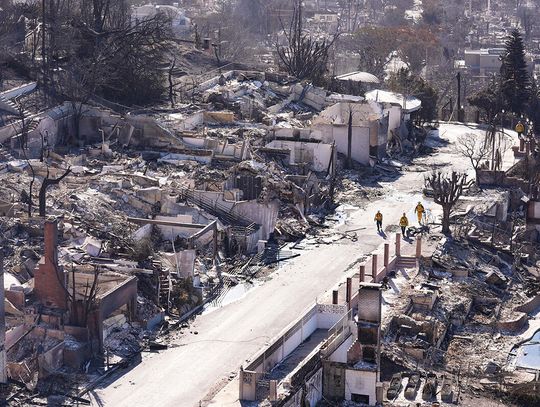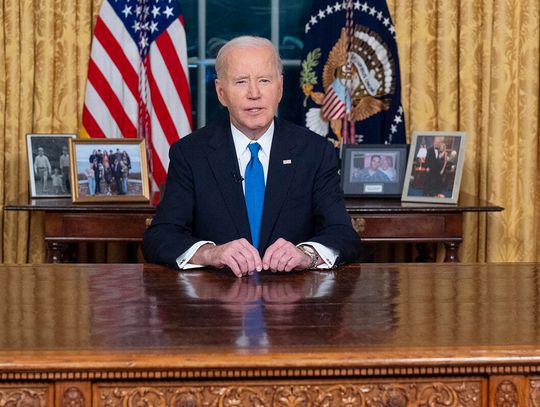Jason Mazzone is the Lynn H. Murray Faculty Scholar in Law and co-director of the Program in Constitutional Theory, History, and Law at the University of Illinois College of Law. He spoke with News Bureau business and law editor Phil Ciciora about Supreme Court Justice Antonin Scalia’s influence on jurisprudence in the U.S.
What is Scalia’s legacy?
It’s too soon to know what Justice Scalia’s overall legacy will be, but his impact in several areas is likely to endure.
The first is judicial methodology. Before Scalia, judges thought more about outcomes than they did about how to actually go about deciding cases. Scalia brought methodology front and center. He was famous for his commitment to “originalism” in constitutional cases and “textualism” in statutory cases.
“Originalism” seeks to ascertain and apply the original public meaning of the Constitution and rejects, as undemocratic, interpretations that seek to update the constitutional provisions to reflect changed times. “Textualism” limits judges to the words of a statute and rejects the once-popular focus on legislative history to determine what Congress might have intended.
Scalia’s constant defense of originalism and textualism has had a profound impact on how judges decide cases, and thus how lawyers argue them. Whatever the fate of originalism and textualism without Scalia to champion them, judges will forever know they need to explain, justify and defend the methodological tools they use in reaching their decisions.
Second is Scalia’s institutional impact. The Supreme Court has changed dramatically as a result of Scalia’s tenure. Scalia transformed oral argument from a sleepy affair to an intellectual battlefield. He was the first justice with a very public profile, appearing regularly on television and before huge crowds at law school events and other venues. He also wrote for a general audience, especially when he was in dissent. As one of the best writers in the history of the Supreme Court, he inspired his colleagues to produce opinions that are accessible and interesting.
Third is Scalia’s impact on the legal profession. Lawyers, even those who disagreed with him, admired him greatly for his unwavering commitment to the rule of law. Dozens of my own students have told me that something Scalia said or wrote inspired them to attend law school.
Fourth, Scalia had an impact on important areas of the law. The most significant – and perhaps surprising to many – is in promoting the constitutional rights of criminal defendants. Scalia wrote or joined landmark opinions limiting the government’s ability to conduct searches without warrants (particularly in cases involving new technologies), requiring juries to make factual findings before judges could impose harsher sentences, and protecting the ability of defendants to cross-examine prosecution witnesses.
To be sure, Scalia rejected other claims of constitutional rights: to abortion, for example, and to same-sex marriage. But in such cases his argument was always that when the Constitution is silent, the people, not the courts, should decide.
I suspect that in the long run, that view, reflective of Scalia’s commitment to the rule of law, is what will be remembered.
How does Scalia’s death affect the court’s upcoming docket?
In terms of the process going forward, there has been a lot of discussion of when the next justice should be appointed. Democrats are pushing for a quick nomination by President Obama, followed by confirmation hearings soon thereafter; Republicans are urging a delay until after the elections so that the choice is left to the next president.
As the process for naming a new justice gets sorted out, one point bears mentioning: There is no urgency to replace Justice Scalia.
Today’s court also has less work than did prior Supreme Courts. The court today has almost complete control over the cases it hears and now decides to hear only about 70 cases per term. Supreme Court justices are the only members of the federal judiciary who have the entire summer off. The current eight have ample capacity to manage the existing workload.
There’s been discussion in the news media of the need for an odd number of justices to break ties. How much of a factor is that?
The Supreme Court itself can function perfectly well with only eight justices. The Constitution does not require nine justices and it does not require an odd number of justices to prevent ties. When the court first began in 1789, it had a chief justice plus five associate justices. Thus, the court that decided Marbury v. Madison in 1803 had six members.
With eight justices there is the possibility of 4-4 ties, but that does not create an urgency to confirm the next justice. The only effect of a 4-4 outcome is that the lower court decision stands, which is not a problem because that is the result that occurs in the thousands of cases the court declines to hear each term. And it’s the result in the millions of cases that the court is not even asked to review. In addition, eight justices deciding a case does not only arise when a member of the court dies or retires. It also occurs when a justice recuses himself or herself from a case. The newest Supreme Court justice, Elena Kagan, recused herself in a series of cases when she joined the court because she had worked on them as solicitor general. Eight justices managed fine without her.
True enough, a 4-4 decision wastes some resources: lawyers brief and argue the case, the justices review the filings and participate in the argument, columnists speculate about the outcome, and spectators line up outside the court in the cold. But as far as government waste goes, the resources a 4-4 case squanders are not terribly high.
Further, only a minority of cases are actually decided 5-4, and so the prospect of a 4-4 split is not high. Indeed, one benefit of the justices dividing equally is to create an incentive to find common ground and produce a result a majority can support.
Finally, the court regularly reminds us that its job is to decide legal issues, not to correct errors made by the lower courts in individual cases. Issues reappear: a 4-4 split in one case does not foreclose a definitive resolution to the same issue in a different case down the road.
Justice Scalia served for nearly three decades and his successor is likely to serve just as long. However the process plays out going forward, it is a mistake to imagine that quick action is needed to preserve the constitutional role of the court.
(U.of.I News)
Antonin Scalia fot.Jim Lo Scalzo/EPA
Scalia's legacy and a look at the year ahead for The U.S. Supreme Court
- 02/17/2016 10:41 PM
Reklama









